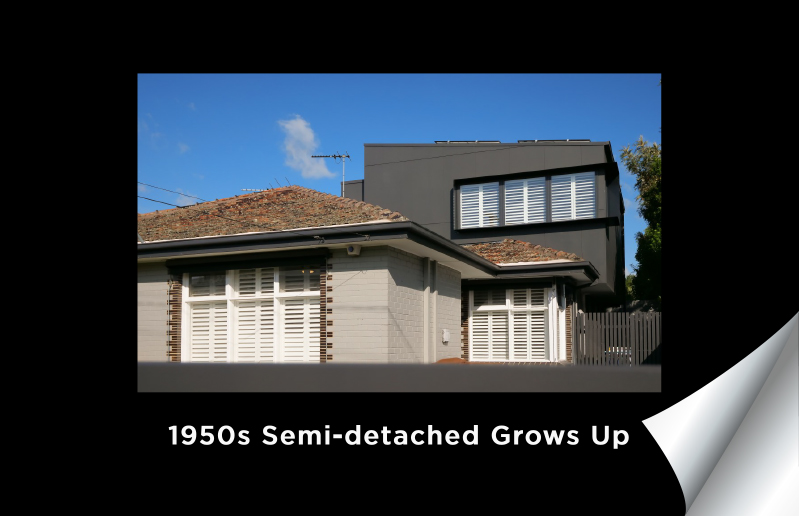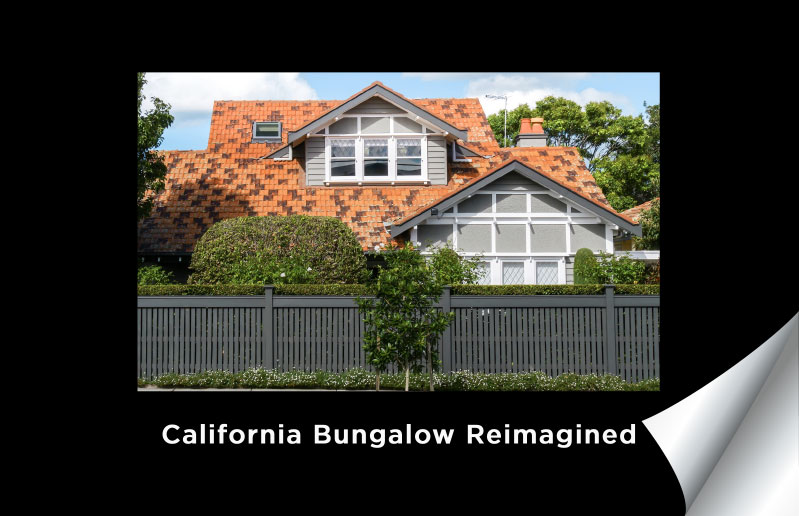Skylights are a fantastic addition to any home, bringing in natural light and adding a touch of elegance to your living space. Whether renovating your attic, expanding your living area, or simply looking to brighten a room, choosing the right skylight for the space is crucial. In this guide, we will explore factors to consider when selecting skylights for your home and determine the appropriate type for each room.
1. Determine Your Purpose
When choosing a skylight for your home, it’s important to consider your primary purpose. What are you trying to achieve with the installation of skylights? Here are some factors to consider:
- Natural Light Enhancement: If your primary goal is to introduce more natural light into your living space, consider fixed skylights. These stationary skylights provide a consistent source of daylight, creating a well-lit, inviting atmosphere.
- Ventilation: For rooms where fresh air is essential, such as bathrooms or kitchens, ventilated skylights are a great choice. They can be opened and closed to facilitate air circulation, making these rooms more comfortable.
- Design Element: Skylights can also be used as a design feature, adding aesthetic appeal to your home. In this case, the type of skylight you choose depends on the room’s design and the specific ambience you want to create.
2. Understanding Skylight Types
Skylights come in various designs, each with unique characteristics. Let’s explore the two most common types and how they suit different rooms:
- Fixed Skylights: These skylights are stationary and provide a consistent source of natural light. They are a fantastic choice for rooms where even, steady illumination is desirable (such as living rooms and hallways) without the need for ventilation.
- Ventilating Skylights: These skylights can be opened and closed to allow for air movement, preventing stagnation and promoting a fresher atmosphere within your home. This is particularly advantageous in kitchens and bathrooms, where proper ventilation is essential for moisture control and odour elimination. Ventilated skylights are available in electric and manual opening models, allowing homeowners to choose the option that best suits their preferences and lifestyles.

3. Consider Location & Placement
Careful consideration of skylight placement is crucial for maximising their benefits. Our experts consider the orientation of your home, the path of the sun, and the specific function of each room. Placing skylights strategically can enhance natural lighting while minimising glare and heat gain.
- Living Rooms: North-facing skylights provide consistent light throughout the day and are ideal for creating a warm, inviting atmosphere. They help reduce the need for artificial lighting and make the living room a focal point in your home.
- Kitchens: North-facing skylights also work well for kitchens, offering even, diffused light, which is excellent for working throughout the day. They distribute light evenly, reducing shadows and enhancing visibility.
- Bedrooms: For bedrooms, consider east-facing skylights, as they capture the morning sunlight. This creates a gentle wake-up experience and sets a positive tone for the day. West-facing skylights, on the other hand, provide evening light, perfect for relaxation and unwinding before bedtime.

Where To Find The Perfect Skylights
By considering your purpose, the type of skylight, and the optimal location for each room, you can make informed decisions when selecting skylights for your home. A well-thought-out approach ensures that the skylights not only meet your functional needs but also contribute to the overall aesthetics and comfort of your living spaces. Consult skylight professionals such as the Attic Group to help you make the right choices that suit your room requirements. We have over 45 years of experience helping Australians maximise the potential of their homes and create comfortable living spaces. Get in touch with us today for a free consultation.





